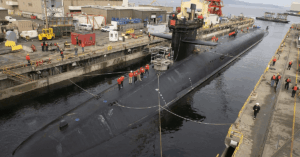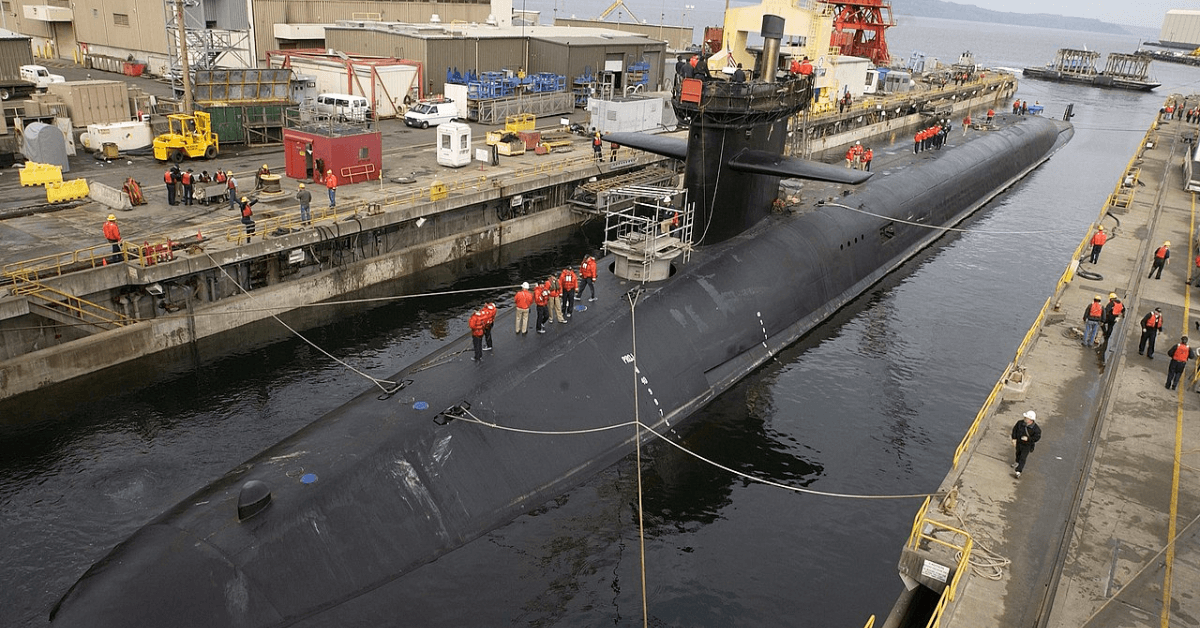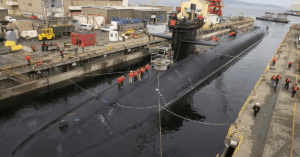
Sperry Marine Delivers Terma Radar System For Canadian Coast Guard Ships
July 15, 2025
Stena Bulk To Reflag First Suezmax Tanker Under Swedish Flag In Historic Move
July 15, 2025

The U.S. Navy’s upcoming nuclear-powered attack submarine, known as SSN(X), has been further delayed, with the first hull now expected to be procured in the early 2040s.
This was confirmed in a recent Congressional Research Service (CRS) report sent to Congress, which outlines growing concerns about the impact of the delay on U.S. undersea dominance and industrial capability.
Originally planned to begin procurement in 2031, the SSN(X) timeline was first shifted to 2035, and now has been pushed back to 2040. The CRS has linked this change to funding limits and the challenge of managing multiple naval programs at once.
During the Fiscal Year 2025 budget discussions, the Navy officially postponed the construction start to 2040, citing overall budget pressures. In the latest Fiscal Year 2026 budget proposal, the Navy has asked for nearly $623 million to continue research and development on the submarine. Despite this investment, no changes have been made to the revised timeline.
The SSN(X) submarine is being designed to go beyond the capabilities of current Virginia, Seawolf, and Columbia-class submarines. It will include advanced stealth features, increased payload capacity (especially in the torpedo room), greater speed, longer service life, and the ability to conduct full-spectrum undersea warfare.
The submarine will also support unmanned systems and use both acoustic and non-acoustic technologies to reduce detection.
The SSN(X) will be much larger than the Virginia-class submarines, with a submerged displacement of over 10,100 tons compared to the Virginia class’s 7,800 tons. The estimated cost for each submarine is expected to fall between $7.1 billion and $8.7 billion.
However, these high-end features also mean the project is complex, costly, and slow-moving. The CRS has warned that the delays could seriously affect the U.S. Navy’s ability to maintain undersea superiority, especially at a time when global naval competition is intensifying. The report said that U.S. seapower and warfighting capabilities might suffer if the Navy cannot keep up with evolving threats.
The Navy itself has acknowledged the problem. In its FY 2025 budget proposal, it said that the gap between the completion of Columbia-class submarine design and the start of SSN(X) construction poses a “significant challenge” for the submarine design industrial base. This long pause risks losing skilled workers, disrupting supply chains, and weakening the shipbuilding infrastructure needed to keep future programs on track.
The SSN(X) is being planned as a combination of the best features of existing submarine classes. Its stealth will be based on the Virginia class, while its attack speed will follow the Seawolf class. It is also expected to have the durability and flexibility of the Columbia class, which itself is currently facing delays. The Columbia-class submarine, intended to replace aging ballistic missile subs, is now projected to be delivered two years late, in 2029.
The Government Accountability Office (GAO) recently described the Navy’s shipbuilding program as being in a constant state of “triage,” where one delay often leads to a chain reaction of setbacks across other projects.
Despite these challenges, the Navy remains hopeful that the SSN(X) will eventually become its most advanced attack submarine, with the speed, stealth, endurance, and autonomous capabilities needed for future missions.
References: timesnownews, defensenews
Source: Maritime Shipping News


